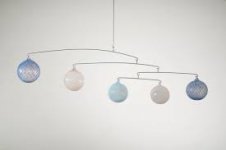Just an idea here after watching a video about reverb pre and post delay. My thought is to make a three loop switcher for mod, delay and reverb but make the reverb switchable to be either pre or post delay/mod.
Im probably going to just build this myself but thought it might also be a good idea for a potential pcb.
I was messing around last night running my spiritbox into my cataclysm and was getting some really epic sounds.
Im probably going to just build this myself but thought it might also be a good idea for a potential pcb.
I was messing around last night running my spiritbox into my cataclysm and was getting some really epic sounds.

